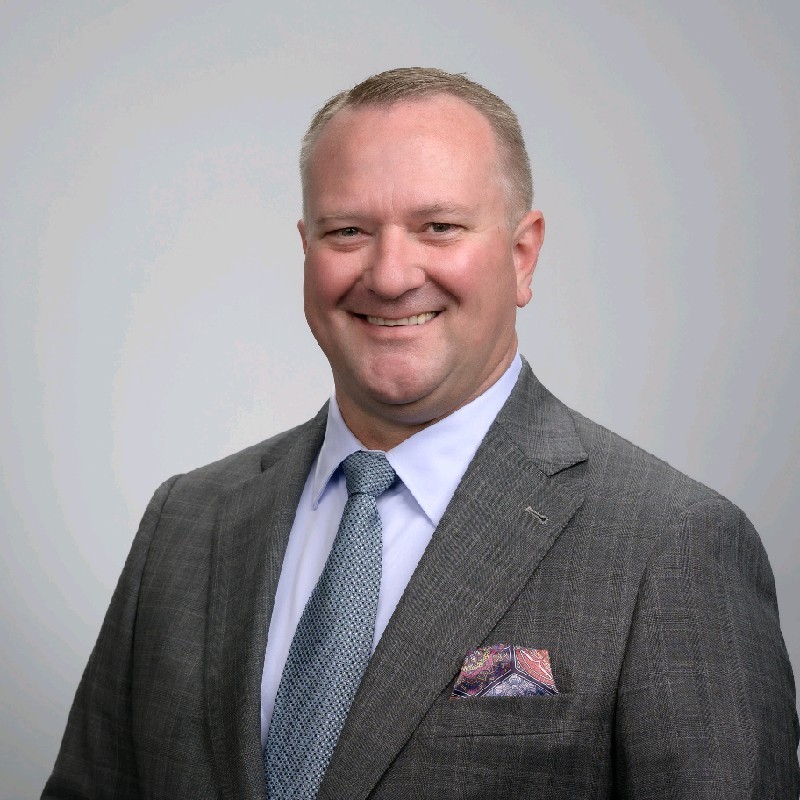Leadership Spotlight: Timothy Cozatt on the Underestimated Cardiovascular ASC Opportunity

We spoke with Tim Cozatt, a leader in cardiovascular ASC development and administrator at AZ Cardiology in Arizona, to discuss the rapidly evolving landscape of outpatient cardiology care. With extensive experience founding and scaling physician-led surgical centers, Tim brings invaluable, firsthand insights into building successful ASCs—from navigating payer dynamics and managing financial realities to driving growth through people and technology.
In this interview, Tim unpacks the most significant opportunities facing cardiovascular ASCs, explains how recent CMS policy changes impact operational strategies, and spells out why he believes founder-led models—not private equity—pave the way for truly sustainable, patient-centered care. Whether you're considering launching an ASC or seeking practical insights into the future of cardiovascular services, Tim's candid perspective cuts through the noise with actionable, front-line wisdom.
Q: Where are you seeing the biggest challenges and opportunities right now?
The cardiovascular ASC opportunity has been severely underestimated by many cardiology groups. Too often, they are intimidated by hospitals and health systems that pressure—or even threaten—groups considering moving cases to an outpatient setting. I've had hospital executives bluntly ask me, "Where are you going to get your patients? We control all of them through insurance participation."
What they fail to recognize is that insurance companies are motivated to save money. Ultimately, it's the insurer that approves procedures, not the hospital. Patients themselves are also more cost-conscious than ever and willing to seek out more affordable, high-quality care. With Medicare continuing to release additional procedures for outpatient approval, ASC development makes strong fiscal sense, despite the upfront costs. The key is understanding that reimbursement may not begin until 6 to 9 months after obtaining a certificate of occupancy.
Q: How is the CMS proposal influencing your planning for next year, if at all?
We've consistently been at the forefront of the cardiovascular ASC market, tracking CPT codes and procedures that Medicare is shifting to the outpatient setting. With the recent approval of ablations in January, we are accelerating our ASC expansion in the communities we serve.
There are many procedures that can—and should—be performed safely outside the hospital, and both Medicare and private insurers are finally recognizing the significant cost savings this offers. Hospitals will always have a role, but when patients and payers are being charged three to four times the ASC rate for the same procedure, the value proposition for outpatient care is undeniable.
Q: Looking ahead, do you foresee your management structure evolving (founder-led, PE-backed, or MSO-run), and what's driving that direction?
Private equity has aggressively entered cardiology by acquiring large groups nationwide. The challenge is that PE often prioritizes dollars over medicine—pushing volume, shortening visit times, and ultimately burning out physicians and staff while diminishing patient care.
MSO-run models do offer value: they reduce operational burdens and create efficiency through scale. Power in numbers allows for stronger insurance negotiations and lower vendor pricing. Still, none of this is possible without founder-led leadership at the core. Founder-driven practices bring the entrepreneurial mindset, patient focus, and physician engagement that private equity frequently overlooks.
Q: When it comes to growth, do you prioritize adding headcount and education or investing in technology, and why?
It's not an either-or—it's all of the above. Sustainable growth begins with education: patients, referring physicians, and even internal teams must clearly see the value proposition of what we're offering. Education drives trust, referrals, and adoption.
At the same time, innovation is essential. Opportunities like ASC-based clinical trials push technology forward and directly improve care delivery. Many of the best ideas for devices or procedural improvements come from those working cases every day. The unfortunate reality is that not all innovations make it to patients—but those that do transform care. That's why we balance investing in people, education, and technology simultaneously.
Q: Navigating Reimbursement Delays: You mentioned the challenge of reimbursement not beginning for 6 to 9 months post-occupancy. How does a founder-led practice successfully manage the cash flow and operational pressures during that initial, and potentially long, waiting period?
Many founder-led practices prepare for this gap by securing a working line of credit or including an operational expense reserve as part of their initial construction financing. In some cases, shareholders may extend personal loans to the entity at market rates to help bridge the startup period.
On the operations side, it's critical to follow a disciplined hiring plan. Certain positions are necessary from day one, but others can be phased in over time. For example, bringing staff on initially in a PRN capacity—at a slightly higher hourly rate—allows the facility to flex staffing to actual case volumes without overextending payroll.
Another effective strategy is to begin performing cases under an Office-Based Lab (OBL) model while awaiting ASC designation. This not only helps generate early revenue but also keeps the team and facility active during the transition.
Q: Payer Behavior vs. Value: Given the clear cost-savings incentive for payers, I'm curious about the practical side of reimbursement. Are you finding that claim approvals and payment times are becoming smoother, or are new challenges and surprises emerging as more procedures shift to the ASC setting?
Overall, claim approvals and payment times are improving, but the experience depends heavily on payer relationships and track record. For established organizations like ours, payers tend to bring new facilities in-network quickly because they've already seen the value and cost savings.
For newer groups, though, there are still delays as insurers adjust reimbursement models, load new codes, and refine approval protocols.
Follow his work and insights on LinkedIn
Connect on LinkedIn